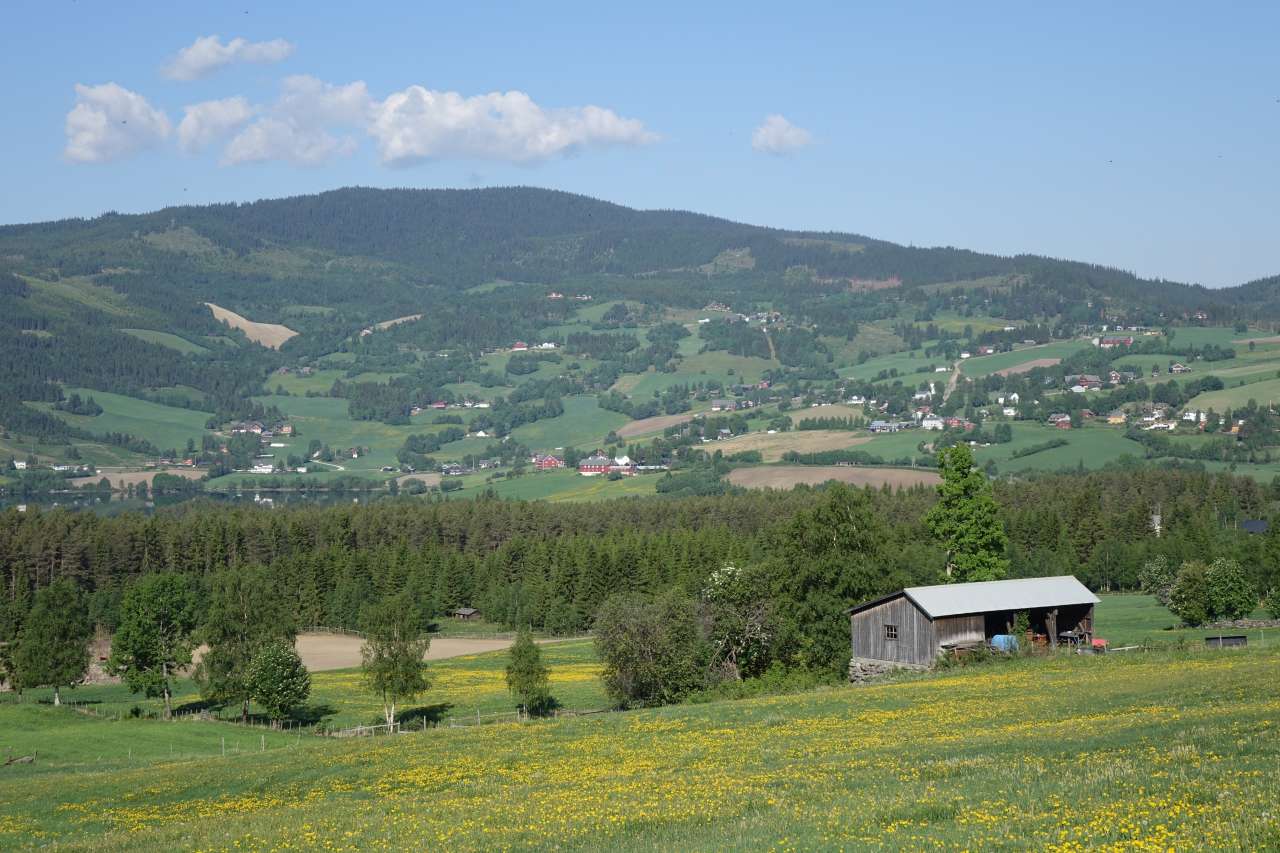100 years of mountain agriculture research

Photo: Jon Schärer.
Mountain farmingis certain tohave a place in Norwegian agriculture in the future. Traditional operations, or so-called high-volume production, make up the backbone, but there is room for niches and new industries. This was the consensus when politicians, researchers, and industry professionals met in Løken last summer for a seminar on mountain agriculture.
Norway’s 77 mountain municipalities cover 25 percent of its land area. Forty percent of the grass in southern Norway is cultivated in mountain communities. There are also large pastures.
The story of research into agriculture in mountain communities starts in the early 1900s. Head of department Ragnar Eltun took us on a journey through the 100-year history of Løken research station.
“It’s interesting to see how the work and the different tasks have changed over the years. In the first 20–30 years there was a strong focus on food crops; half of the experimental activity concerned grain, potatoes, and horticulture.
But collection of local varieties of grass already started up in the first year, and in line with changes in agriculture, the focus shifted to grass cultivation and grazing. Especially through the cultivation of perennial forage plants, which in recent years was taken over by Graminor.
“Research and value creation go hand-in-hand, and we depend on both to succeed in developing mountain agriculture in the future,” says state secretary Hanne Maren Blåfjelldal from the Ministry of Agriculture and Food. She believes there are enormous opportunities for value creation, and says she is highly optimistic about mountain agriculture.
The future of mountain agriculture is about changes, challenges, and opportunities within mechanization and other technologies, use of resource and general agronomy. Eltun is optimistic too.
“I’m pretty sure that we will need the traditional agriculture with volume-oriented production. But at the same time, we have to be sure to satisfy the market for niche products. There are clear political indications that this is an area where it could become easier to secure grants in the future,” he says.
